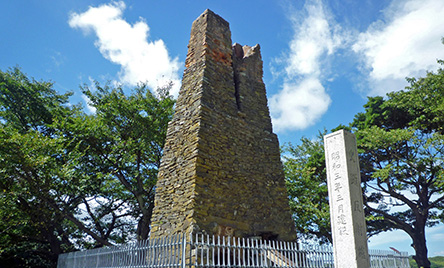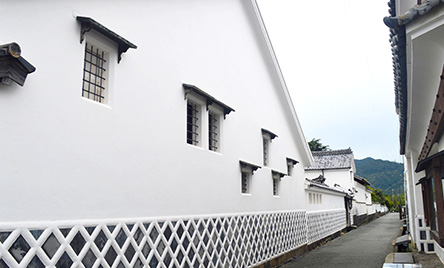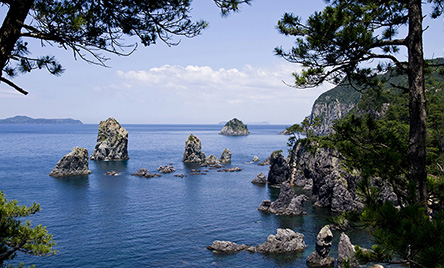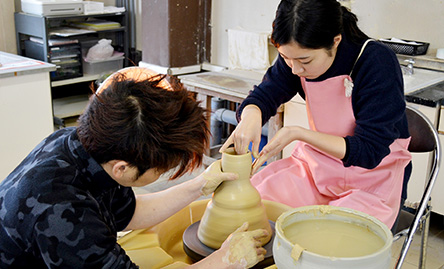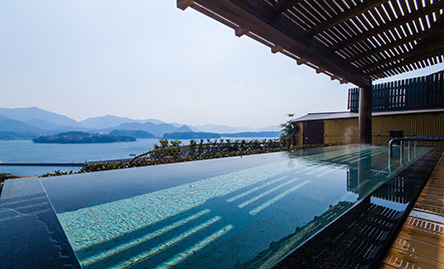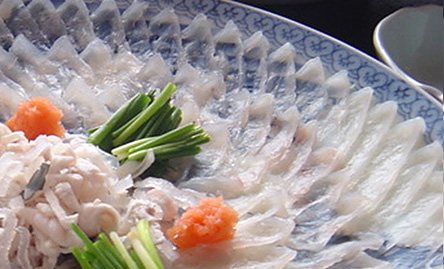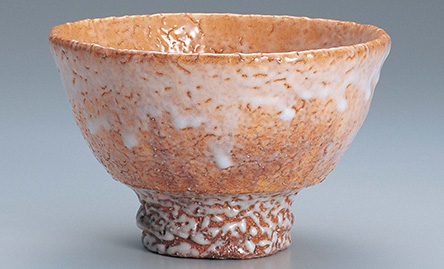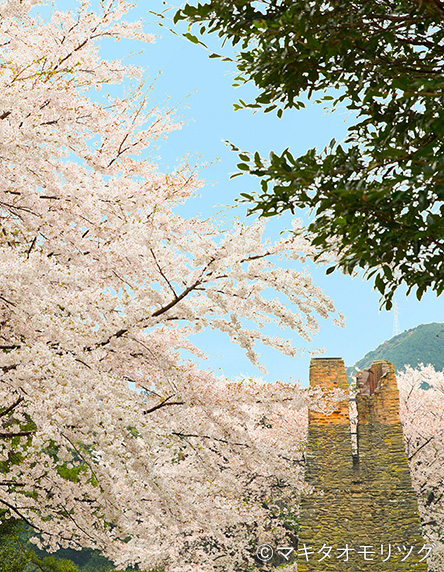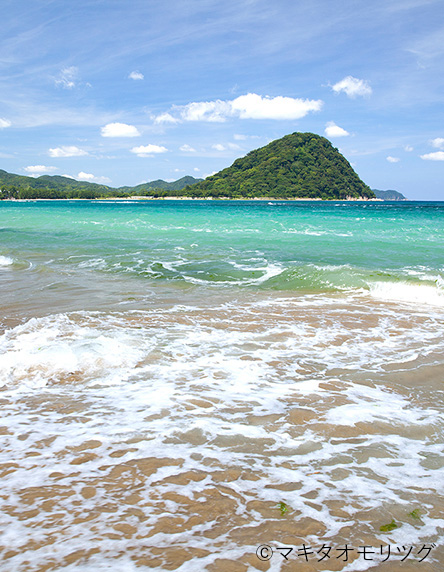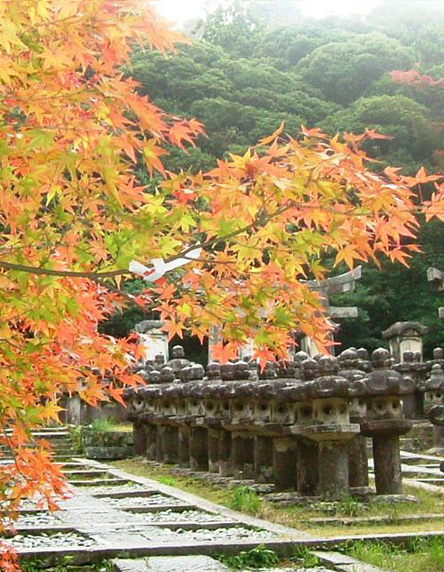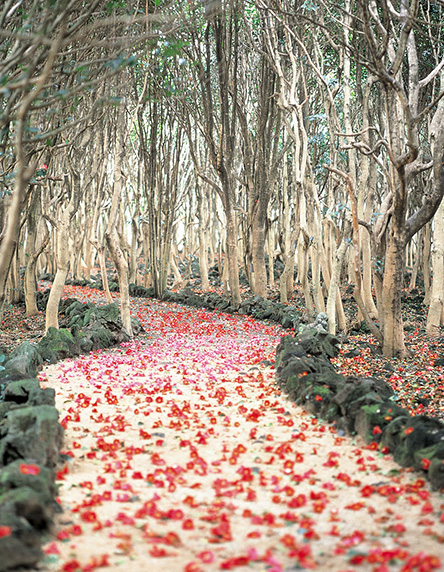Kido Takayoshi is remembered in Japan as one of the “Three Heroes” of the Meiji Restoration
The former residence of early Meiji statesman Kido Takayoshi (also known as Katsura Kogorō) stands on a side street branching off the historical main road to Hagi Castle. The family was wealthy enough to afford a two-story house, but the second story had to be hidden from the street below. Two-story residences were generally prohibited during the Edo period (1603–1867), when it was considered rude to look down at a samurai from above (much less the daimyo himself). So, from the streets of Hagi, the house appears to be a humble single-story townhouse.
Born in this house under the name “Wada Kogorō,” Kido Takayoshi is remembered in Japan as one of the “Three Heroes” of the Meiji Restoration. His biological father was a samurai and physician to the Mōri daimyo family, but Kido was adopted at the age of seven by the Katsura family, who lived next door. Even as a young child, his intellectual talents were clear, and in 1849, Kido enrolled at the Meirinkan, the domain school where Yoshida Shōin (1830–1859) taught military science. There, Kido embraced Shōin’s ideas about westernization and imperial loyalism, summed up in the slogan sonnō jōi, or “revere the emperor, expel the barbarians.” While at the school, Kido became radicalized toward modernizing Japan, with or without the shogunate. In 1856, he wrote a letter supporting the construction of Chōshū domain’s first Western-style warship.
Kido became a member of anti-shogunate groups, and in 1864 he came close to being assassinated by the Shinsengumi in Kyoto. The Shinsengumi were a special police force organized by the Tokugawa shogunate to put down the growing insurrection against the established regime. Purportedly, Kido was warned by his geisha lover, Ikumatsu (1844–1887), who saw the Shinsengumi coming to kill him. They later married. Following the fall of the Tokugawa shogunate in 1868, Kido became one of the founders of the new Meiji government, and in December 1871, he joined the other statesmen and scholars of the Iwakura Mission on their voyage to observe industry and affairs in the United States and Europe. Influenced by what he saw and learned on his journey, Kido became a powerful voice for further governmental reform on his return to Japan in 1873.
Today, Kido’s former childhood home is open to the public. It is a Nationally Designated Historic Site and is preserved as it was in the late 1800s. Displayed in the rooms are various things from Kido’s life, including a portrait photograph of Kido. Inscribed with “Maul and Co., Photographers and Miniature Painters of 187a Piccadilly and 62 Cheapside,” on the back, the portrait shows him in modern, Western-style dress. Also on display are examples of Kido’s childhood calligraphy. One particularly notable piece, of the word for “today,” hangs in an alcove. Kido's teacher added the Japanese phrase appare, which means “first rate” or “outstanding.”
(This English-language text was created by the Japan Tourism Agency. )
Basic info
| Price | ¥100 |
|---|---|
| Access | 5-minute walk west of Hagi Central Park |
| Phone | 0838-25-3139 (Hagi Tourist Information) |
| Address | 2-37 Gofukumachi, Hagi |
| Open | 9:00 a.m. to 5:00 p.m. (daily) |
